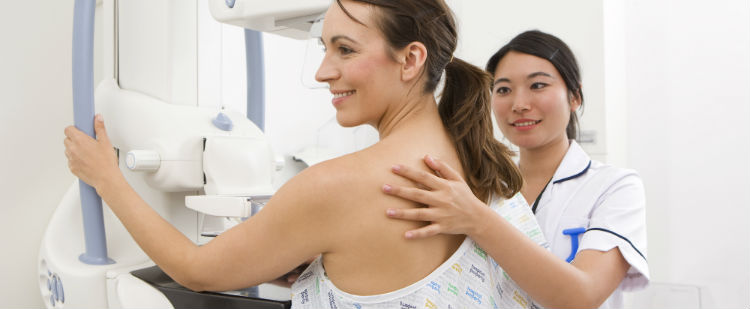It's that time of year when pink pops up everywhere. That's because October is Breast Cancer Awareness Month.
Efforts to let people know about this serious disease have grown far beyond wearing pink ribbons. But the mission remains the same: increase support for public awareness, early detection and treatment of breast cancer.
Breast cancer is the second most common kind of cancer in women and 1 in 8 women will be diagnosed with breast cancer during their lives. Breast cancer can't be prevented, but the good news is that most women can survive breast cancer if it's found and treated early.
L.A. Care wants you to "think pink" — help raise awareness, share your stories and get screened!
Although men can get breast cancer, the main risk factors are being a woman and getting older. Other risk factors include:
- Changes in breast cancer related genes (BRCA1 or BRCA2)
- Starting your period before age 12 or starting menopause after age 55
- Never giving birth or being older when your first child is born
- Taking birth control pills or hormones during menopause for more than five years
- A family history of breast cancer (parent, sibling, or child).
- Being overweight, especially after menopause
Most breast cancer has no signs or symptoms in the early stages. Warning signs include:
- New lump, thickening or swelling in the breast or armpit
- Irritation or dimpling of breast skin.
- Redness or flaky skin in the nipple area or breast.
- Puckering, dimpling, or pain in the nipple
- Nipple discharge

The importance of mammograms in diagnosing breast cancer
A mammogram is an X-ray of the breast. It is one of the best ways to find breast cancer early, before you can see or feel anything. Because cancer risk goes up with age, women between the ages of 50 and 74 need a mammogram every two years. Some women may need to start at a younger age or have mammograms more often. Talk to your doctor about the right schedule for you.
Many women are afraid or embarrassed to get a mammogram. Mammograms can be uncomfortable, but it lasts for only a few seconds. Taking an over-the-counter pain reliever an hour before your appointment may help. Wearing a two-piece outfit may put you more at ease. You also have the right to ask for a female X-ray technician.